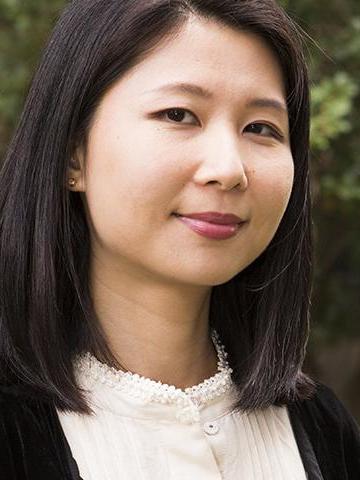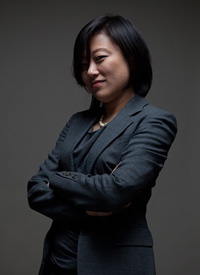The Graduate Union of Students of Art (GUStA) at the University of Toronto is pleased to present the Tenth Annual Wollesen Memorial Graduate Symposium in cooperation with the Department of Art History.
The two-day symposium, Contretemps, will feature keynote speakers Professor Erin Y. Huang (Department of East Asian Studies, University of Toronto; until July 2023: Department of East Asian Studies, Princeton University) and Professor SeungJung Kim (Department of Art History, University of Toronto).

Professor Erin Yu-Tien Huang is the co-founder of Asia Theory Visuality—an intellectual platform that harbors collaborative thinking on experimental and theoretical approaches to Asian Studies. She received her Ph.D. in Comparative Literature with a Graduate Feminist Emphasis in Gender & Sexuality Studies from the University of California, Irvine. She is an interdisciplinary scholar and comparatist specializing in critical theory, Marxist geography, postcolonial studies, feminist theory, cinema and media studies, and Sinophone Asia.
Her first book, Urban Horror: Neoliberal Post-Socialism and the Limits of Visibility (Duke University Press, 2020), theorizes the expansion of Sinocentric neoliberal post-socialism, a deterritorialized form of market post-socialism taking place in and outside the People’s Republic of China that is actively shaping the lived conditions of the present. Asking what the post- in post-socialism means as a temporal and spatial imaginary that is fueling transterritorial infrastructural projects and financial speculations in China, Hong Kong, and Taiwan from the 1990s to the present, the book examines the parallel emergence of the cinematic aesthetics of urban horror and the technologies of space that produced a new species of spaces, ranging from sprawling factory cities and science and industrial parks to zones of economic and political exception. These urban forms occupy the paradoxical role of being both the primary locations sustaining the transnational post-socialist economy and the visual basis for cultural critiques of economic, gender, and ethnic violence embedded in the social unconscious of post-socialist China and its economic partners. This study of contemporary Chinese cinemas argues that the meaning of the image itself has changed in the era of hypermediality: it has become the condition of reality, before reality can be real. The book explores the speculative forces of cinema as a phenomenological network of communication and the emergence of urban horror as a horizon of public sentiments that can shape future urban revolutions and rehearse the forces of resistance after the presumed end of revolutionary times.

Professor SeungJung Kim specializes in Greek art and archaeology. Her previous training as an astrophysicist engendered a fascination with time, which she has brought to bear on her research in Greek art. Her ongoing research involves concepts of time and temporality in the visual culture of Archaic and Classical Greece—in sculpture, vase painting, and monumental painting—which she contextualizes to the larger cultural history, bridging philosophical, social, literary and scientific understandings in ancient Greece. Moreover, her interest in the phenomenology of visual perception has engaged her actively with film theory, and more broadly with philosophy of history and theory of art history. She harbors an interest in new media as both objects of study and innovative tools for research and is constantly searching for distinct ways to bridge scientific research with art history. She has been active as an archaeologist in Sicily, and also harbors a keen interest in the cross-cultural currents of Gandharan Buddhist art.
Professor Kim was also the recipient of the Meyerson Award for Excellence in Teaching during her years at Columbia University. Her teaching, in addition to Greek art and architecture, spans critical theories of space and their relationship to the arts, temporality and narrative in art, phenomenology and perception, and gender in ancient art.